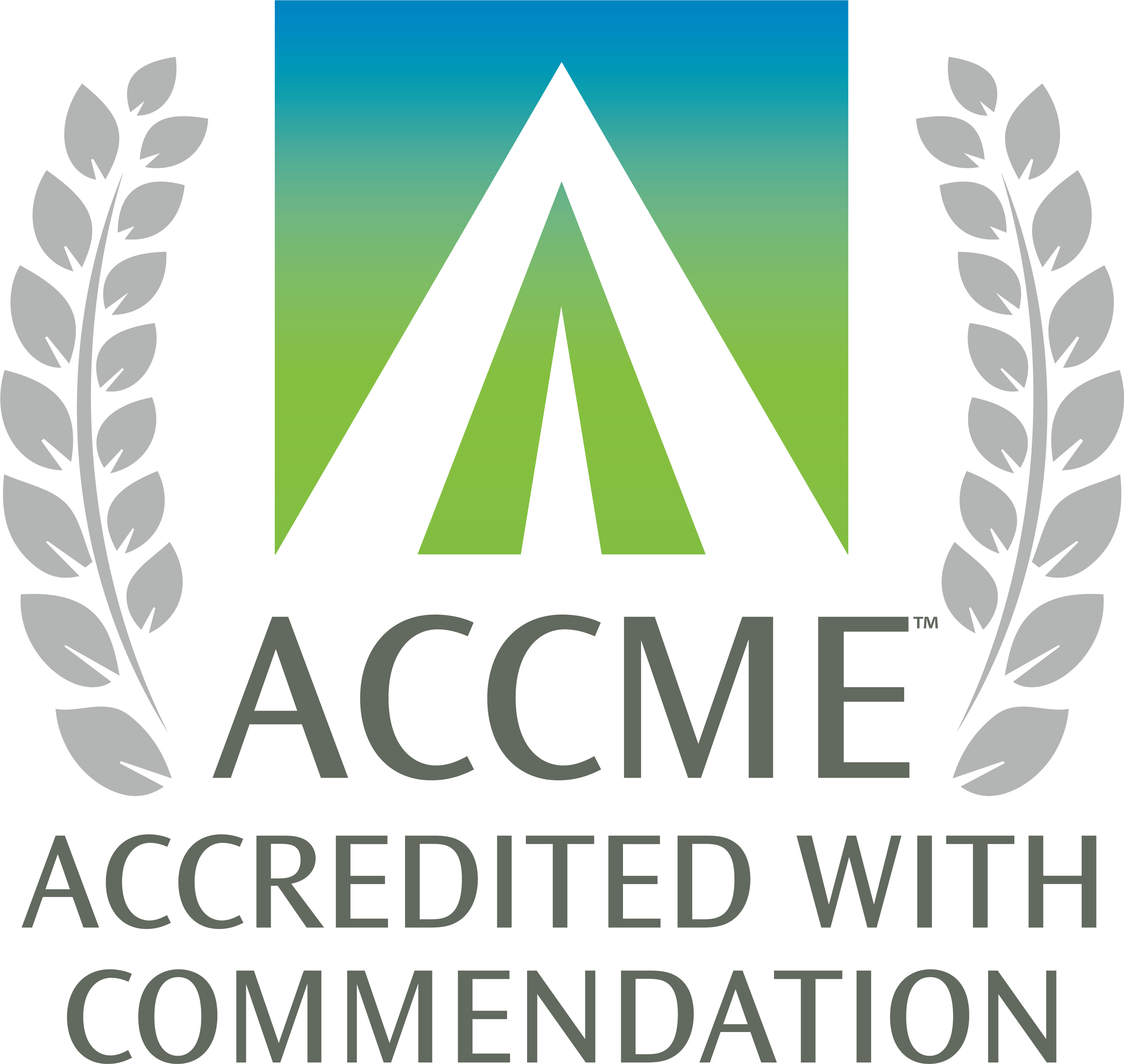Module 2: Early Detection and Diagnosis of Scleroderma for Primary Care Physicians and Allied Health Professionals
To begin this activity, click Enroll. Once logged in, learners can access educational content, assessments, and evaluations. Learners who successfully complete the activity will be able to print a certificate.
Making the Correct Diagnosis of Systemic Sclerosis – and Excluding Scleroderma Mimickers:
Philip Clements, MD (Part 1)(25 mins, .5 credits)
Disclosures
All educational planners and presenters have completed disclosures and have no relevant financial relationships to disclose for this activity- Case Recognition: Participants will understand a clinical case of a 45-year-old female, recognizing symptoms indicative of systemic rheumatic disease, particularly scleroderma.
- Scleroderma Diagnosis Criteria: Provide an overview of the 2013 classification criteria, emphasizing major and minor factors for systemic sclerosis diagnosis, enabling participants to apply these criteria effectively.
- Scleroderma Subtypes Differentiation: Explore diverse manifestations through autoantibodies and skin phenotypes, enabling participants to correlate these factors for accurate identification of limited and diffuse cutaneous scleroderma.
This activity is appropriate for House Officers, Medical Students, Nurse Practitioners, Nurses, Other Healthcare Professionals, Physician Assistants, Physicians in the fields of Family Medicine, General Medicine, Primary Care.
The University of Michigan Medical School is accredited by the Accreditation Council for Continuing Medical Education (ACCME) to provide continuing medical education for physicians.
The University of Michigan Medical School designates this enduring material for a maximum of .5AMA PRA Category 1 Credit(s) ™. Physicians should claim only the credit commensurate with the extent of their participation in the activity.
Bibliographic Resources
- Nadia D. Morgan; Laura K. Hummer, Scleroderma Mimickers, Curr Treatm Opt Rheumatol. 2016 Mar; 2(1): 69-84
- Khanna G, Ferguson P. MRI of diabetic cheiroarthropy. AJR Am J Roentgenol. 2007
- Hummers LK, Curr Opin Rheumatol. 2014 Nov; 26(6):658-62
- Nadia D. Morgan; Laura K. Hummer, Scleroderma Mimickers, Curr Treatm Opt Rheumatol. 2016 Mar; 2(1): 69-84
- Morphea and Eosinophilic Fasciitis: An Update. Mertens JS, Seyger MMB, Thurlings RM, Radstake TRDJ, de Jong EMGJ.Mertens JS, et al. Am J Clin Dermatol. 2017
- Enzo Errichetti et al, Dermoscopy of Morphea and Cutaneous Lichen Sclersus, Dermatology 2017;233;462-470 DOI: 10.1159/000484947
- Marzano AV, Menni S, Parodi A, Borghi A, Fuligni A, Fabbri P, Caputo R Localized scleroderma in adults and children. Clinical and laboratory investigations on 239 cases Eur J Dermatol. 2003 Mar-Apr; 13(2):171-6.
- Doyle JA, Ginsburg WW, Eosinophilip fasciitis., Med Clin North Am. 1989 Sep; 73(5):1157-66.


